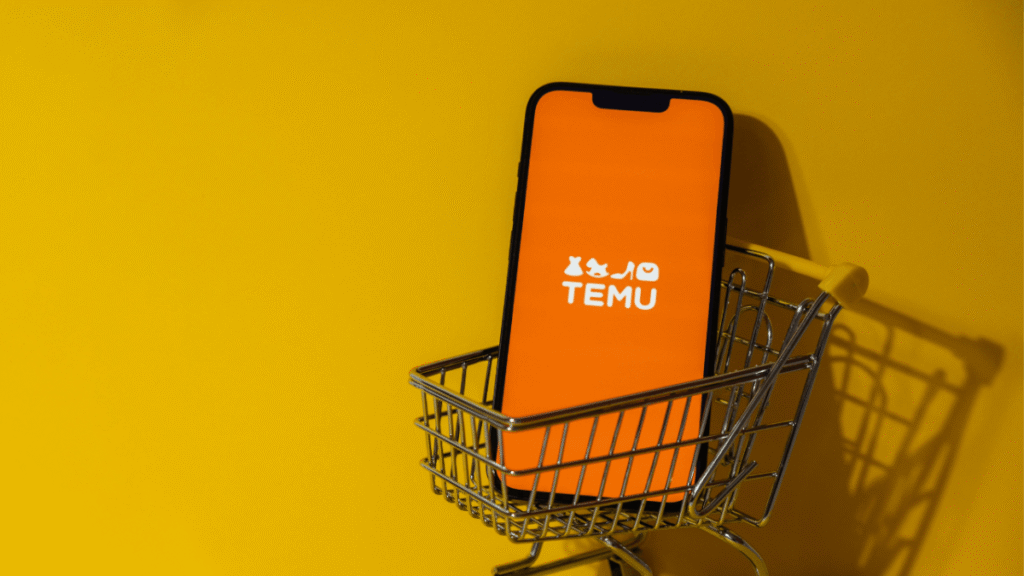Recently, the e-commerce platform Temu announced the restoration of China-based fulfillment services, drawing significant attention from cross-border sellers and the supply chain industry. With the easing of trade restrictions, this adjustment by Temu not only improves logistics efficiency but also brings new opportunities and challenges for sellers. This article will analyze the background of Temu’s restoration of China fulfillment, its impact on sellers, and strategies for response, helping sellers seize the benefits of this wave of change.
The Background of Temu Restoring China Fulfillment
In recent years, cross-border e-commerce logistics have been affected by multiple trade policies and global supply chain fluctuations. Previously, Temu’s fulfillment process for some orders was limited by China’s warehousing and logistics capacity, leading to longer delivery times and higher costs. With the implementation of relevant trade relief measures, Temu has been able to restore China-based warehousing and fulfillment services, significantly improving order processing speed and customer satisfaction.

Main Impacts on Sellers
1.Improved Logistics Efficiency
Restoring China fulfillment means sellers can deliver products to end consumers faster, especially in overseas markets. Shorter shipping cycles and more convenient returns and exchanges help improve store ratings and customer repurchase rates.
2.Changes in Cost Structure
Although fulfillment costs in China are generally lower than overseas warehouses, changes in transportation methods and tariff policies may affect overall expenses. Sellers need to reevaluate supply chain costs and adjust pricing strategies to maximize profits.
3.More Flexible Inventory Management
Shipping from China warehouses allows sellers to manage inventory more flexibly, reducing the risk of overstock while supporting richer product line testing and quicker market responses.
4.Attention to Compliance and Policy Risks
Trade relief does not mean all policies are fully relaxed. Sellers must continue to monitor customs compliance, tax policies, and the latest platform regulations to avoid potential risks.
How Should Sellers Respond to This Change?
- Optimize Supply Chain Layout: Evaluate existing warehousing and logistics solutions, leverage the advantages of China fulfillment, and adjust purchasing and inventory plans.
- Update Logistics Tracking and Customer Service: Use faster delivery speeds to enhance customer experience and respond promptly to consumer needs.
- Monitor Platform Policy Updates: Keep a close eye on official announcements and policy changes from Temu to ensure compliant store operations.
- Strengthen Data Analysis and Market Research: Adjust product strategies based on data monitoring to seize market opportunities brought by China fulfillment.

Conclusion
Temu’s restoration of China fulfillment services marks an important milestone in the cross-border e-commerce supply chain sector. While it brings advantages in logistics efficiency and cost, it also raises higher requirements for sellers’ operational capabilities. Only by actively adjusting strategies and keeping up with platform developments can sellers secure a competitive edge and achieve sustainable business growth.



